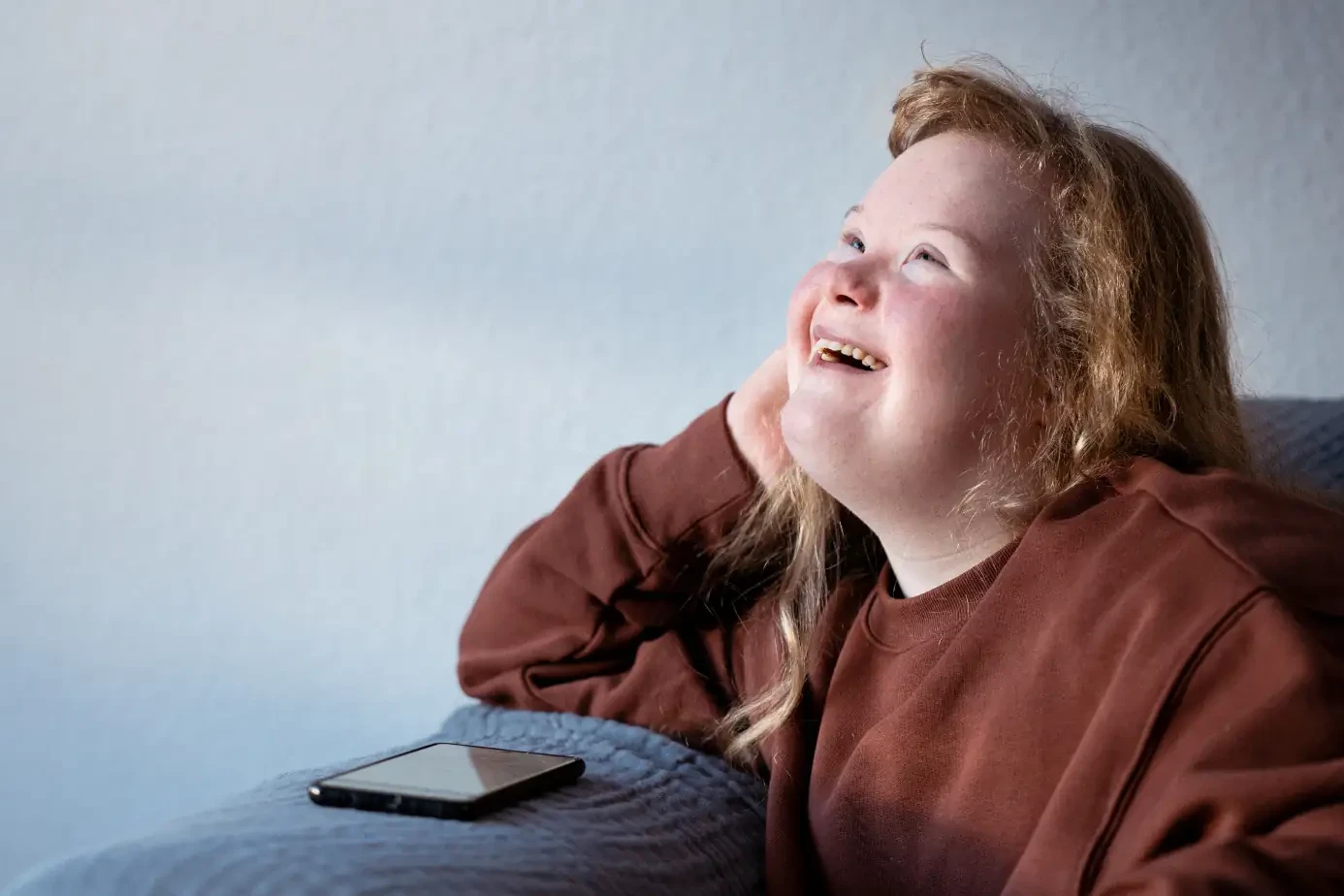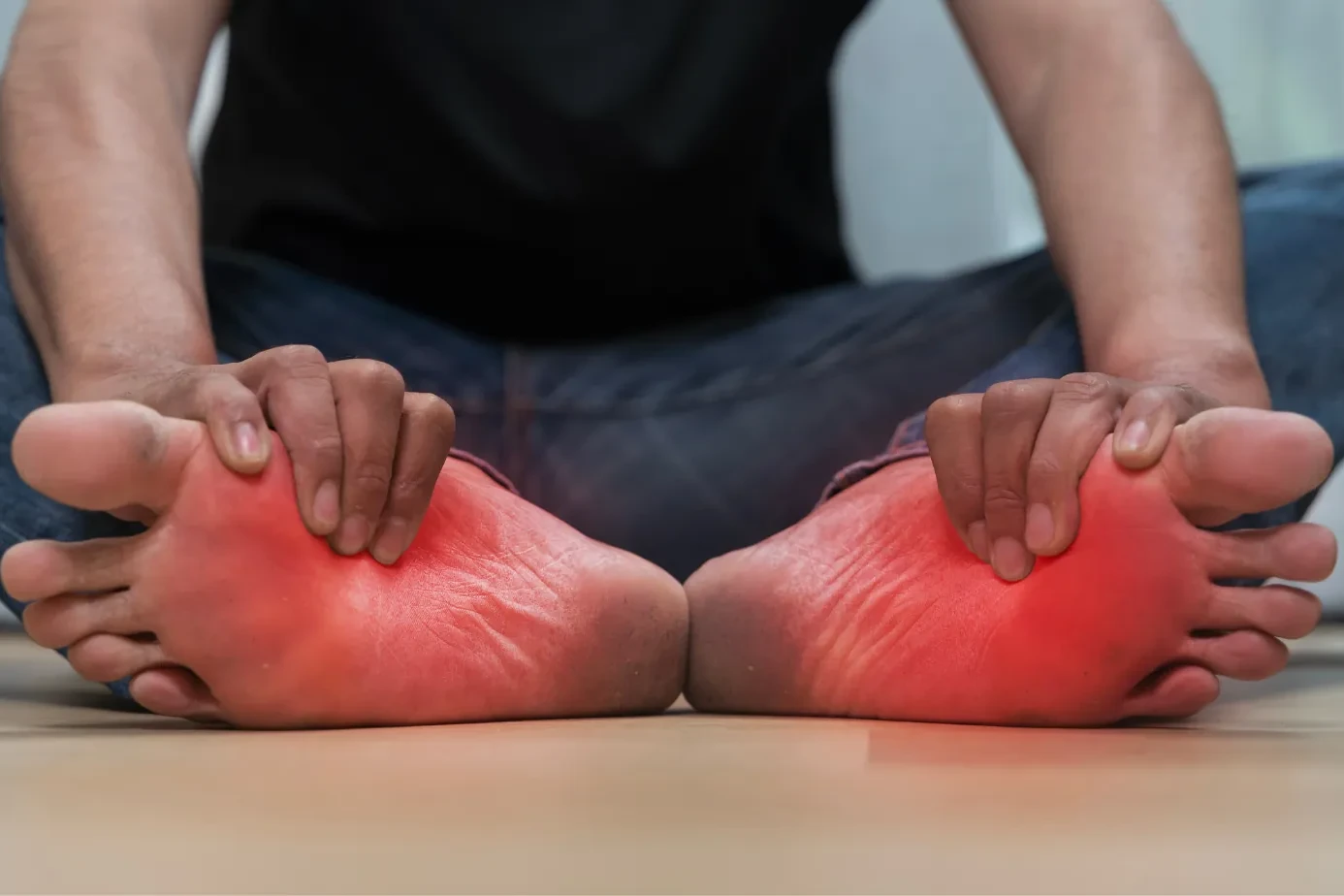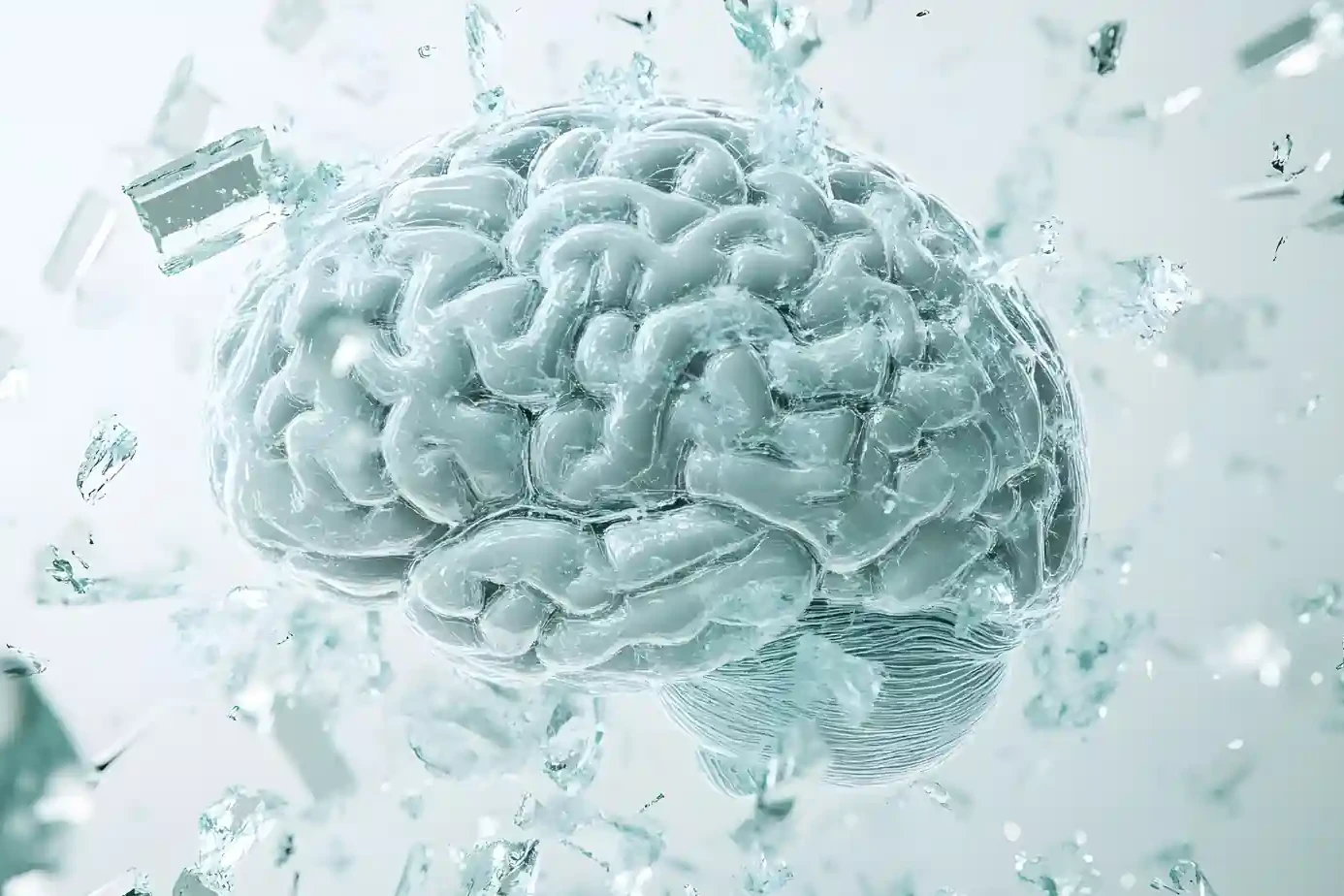Table of Contents
ToggleOverview of movement disorders neurology
The term “movement disorders” refers to neurological conditions that cause either reduced or slow movements or abnormal increases in movements, which can be voluntary or involuntary. Movement disorders can manifest in numerous ways, with symptoms ranging from subtle to impairment.
Given below are some common types of nervous and movement disorders-
- Ataxia- This movement disorder is an abnormal lack of coordination of the brain(cerebellum). Ataxia can cause uncoordinated or clumsy balance, stumbling gait, vision and sometimes speech problems, and difficulty with fine motor activities.
- Chorea- This abnormal involuntary movement disorder is characterized by repetitive, irregular, rapid, movements that typically involve the face, mouth, trunk, and limbs. It is caused by the overactivity of the neurotransmitter dopamine.
- Dystonia- This condition involves involuntary muscle contractions with twisting, repetitive movements. Dystonia may affect the entire body which is called generalized dystonia or can affect only one part of the body or focal dystonia. You may see symptoms like twisted posturing, involuntary movements, and torticollis.
- Huntington’s disease- This is a rare inherited genetic nerve and movement disorder that causes parts of the brain to break down, uncontrolled movements, impaired cognitive function, and psychiatric conditions.
- Multiple system atrophy(MSA)- This is a progressive neurodegenerative disorder that affects many brain systems. MSA affects both the autonomic nervous system. It causes a movement disorder, like ataxia or parkinsonism. It can also cause low blood pressure and impaired bladder movements.
- Parkinson’s disease- This progressive, neurodegenerative disorder of the central nervous system causes tremor, stiffness, rhythmic muscle contractions, slow bodily movement, and problems with coordination.
- Tourette syndrome- This is a neurological disorder that starts between childhood and teenage years and is associated with repetitive movements or unwanted sounds such as blinking of the eye, shrugging shoulders, or blurting out offensive words.
- Tremor- This is an involuntary movement disorder that causes rhythmic shaking of the hands, head, face, or other parts of the body. Out of all, the most common type is essential tremor. It can be treated with beta-blockers.
- Wilson’s disease- This is a rare inherited disorder that causes the accumulation of copper in the body. The patient experiences abnormal walking or problems with coordination, yellow skin, and eye swelling or tremor.
If you’ve been diagnosed with movement disorders or you are concerned you may have one disorder, find an online movement disorders neurologist or mind doctors in Delhi to discuss your concerns as soon as possible. As many of these conditions can worsen over time, so get in touch with the professionals who can help you with the disorders that need neurological care.
Muscle function loss
Muscle function loss is when a muscle does not work or move properly. The medical term for loss of movement nerve damage is paralysis. When part of the spinal there is damage caused in any part of the spinal cord, signals do not move to the muscle and paralysis takes place. The most common causes of analysis include spinal cord injury, head injury, multiple sclerosis, cerebral palsy, or stroke.
In general, there are many types of paralysis but four main categories which have to do with the portion of the body is mentioned below-
- Monoplegia is a type of paralysis in which a single area of the body mostly one limb can’t move. Patients suffering from monoplegia usually have control over the rest of their body but lose sensation in the affected limb. Monoplegia is sometimes a temporary condition
- Hemiplegia is a condition in which an arm and one leg are affected on the same side of the body. Hemiplegia begins with the sensation of pain and progresses to muscle weakness and eventually to complete paralysis. It is mostly temporary but the overall prognosis depends on the treatment.
- Paraplegia refers to paralysis below the waist. Spinal cord injuries are the most common causes of this condition. Patients cannot move their legs or feel anything below their waist. Paraplegia may not be permanent.
- Quadriplegia is a condition in which paralysis occurs below the neck. Usually, all four limbs and torso are affected. Quadriplegia is also referred to as tetraplegia. It is a temporary condition due to brain injury or compression of spinal cord nerves.
Movement disorders treatment
The treatment varies by type of disorder. Only some disorders get cured by medicine, others get better when an underlying disease is treated. Some severe disorders need to be treated by movement disorders neurosurgery. However in many cases, movement disorders cannot be cured, and the goal of the treatment is to reduce the symptoms and minimize the pain for the individual.
We have discussed some common movement disorders, including-
- Parkinson’s disease – During the early stage, the patient responds to the medication. While in the later stage surgery can be needed. In Perkinson, the primary problem is the depletion of dopamine in the basal ganglia drugs like levodopa and Carbidopa helps to restore this dopamine. Surgeries like deep brain stimulation DBS have been effective for these patients. Overall good nutrition, exercise, and psychotherapy are essential for treating Parkinson’s disease.
- Dystonias – This disease can be treated with anticholinergic drugs like benzodiazepine and skeletal muscle relaxants. Botulinum toxin or Botox injections may help to relieve the muscle spasm.
- Tremors- In this condition, the patient is treated with beta-blockers like propranolol, or antipsychotic drugs like clozapine benzodiazepine. In severe cases, surgery and deep brain stimulation are recommended.
- Tourette’s syndrome- This disease is treated with antipsychotic drugs, anti-seizure drugs like carbamazepine, phenytoin, gabapentin, baclofen. Botulinum toxin is helpful for facial spasms.
To solve your movement disorders that need neurological care, get in touch with Dr. Chandril Chugh or book an appointment with an online neurologist. You can find him among the top 10 neurologists in Delhi NCR, top neurologists in Gwalior, and top neuro physician in Patna. Dr.Chandril Chugh is considered one of the best neurologists in Faridabad and a neurosurgeon in Patna. Also, his ability to treat patients online with compassionate care is remarkable.
Seeking treatments from professionals like neurologists or booking online neurologist consultation, Dr Chandril Chugh being an online neurologist can be a great and quick way to recover for neurological patients. You can also find him as a neurologist in Punjab, the best neurologist doctor in Delhi, the best neurologist in Faridabad or brain specialist doctor in Faridabad , a migraine doctor in Jaipur or top neurologist in Jaipur or neurologist doctor in Jaipur, the best neurologist in Saket, neurologist in South Delhi or best neurologist in South delhi, neurologist in Agra or a mind doctor in Agra, mind doctor in Delhi, top neuro physician in Patna and a top neurologist in Gwalior, famous neurologist in Gwalior or neurologist doctor in Gwalior. He is also amongst the top 5 neurologist in Patna and top 10 neurologist in Delhi,ncr, and is also famous for his long distance senior care services. They will guide you to the right path and assure you that you don’t lose track. Having a piece of expert advice with you is of the utmost importance when you’re in a deplorable state.
Also Read:
About The Author

This article is medically reviewed by Dr. Chandril Chugh, Board-Certified Neurologist, providing expert insights and reliable health information.
Dr. Chandril Chugh is a U.S.-trained neurologist with over a decade of experience. Known for his compassionate care, he specializes in treating neurological conditions such as migraines, epilepsy, and Parkinson’s disease. Dr. Chugh is highly regarded for his patient-centered approach and dedication to providing personalized care.
→ Book a consultation to discover which remedies suit your needs best.




